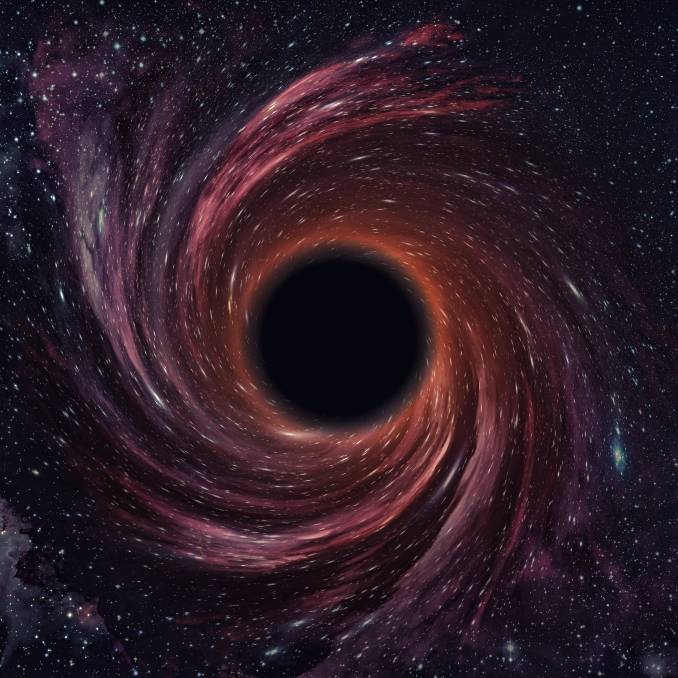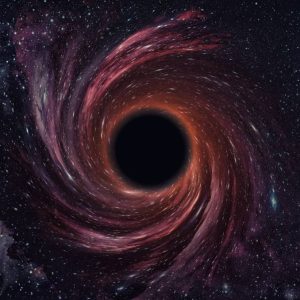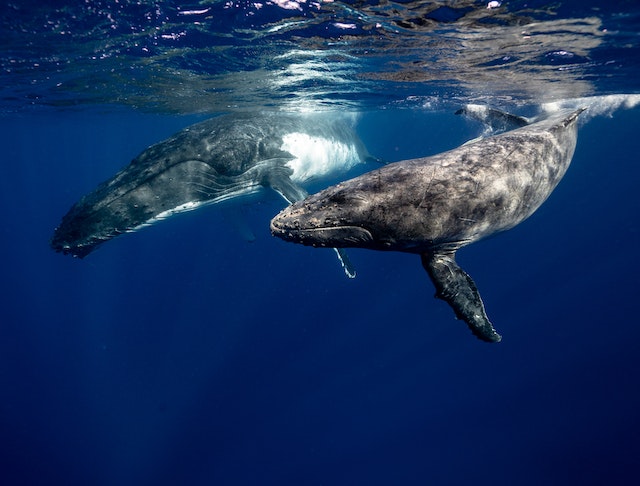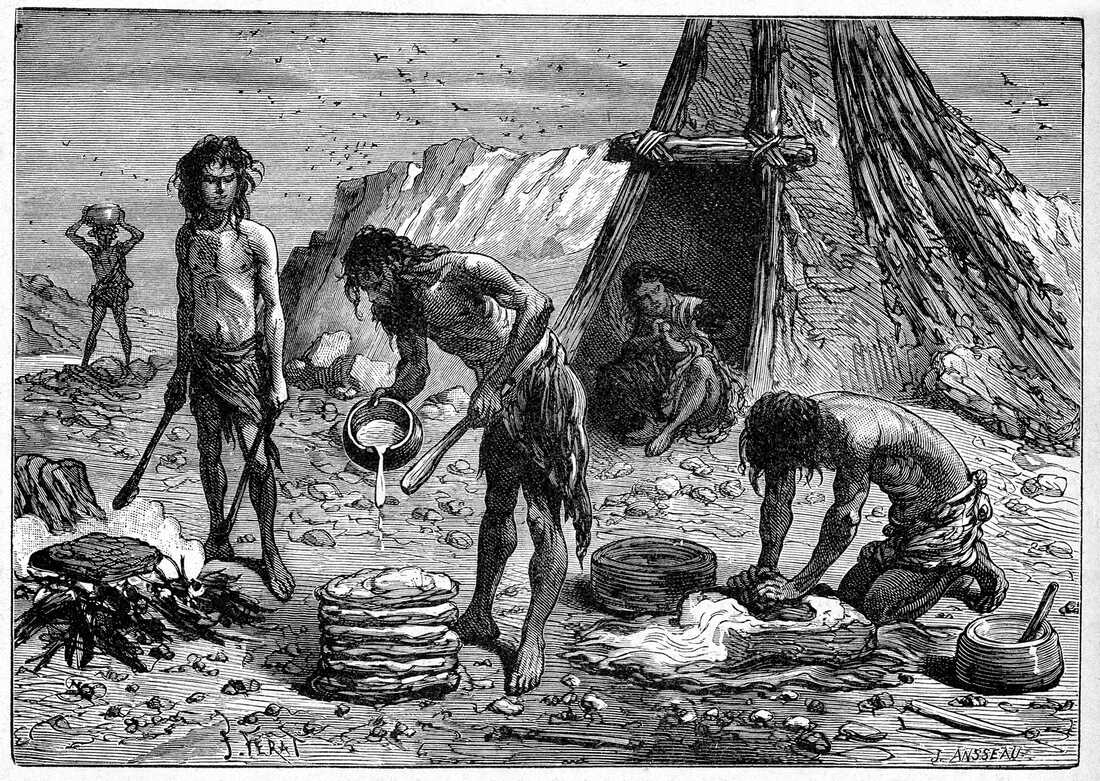Introduction
In the vast expanse of the cosmos, where celestial dramas unfold on a scale beyond human imagination, there exists a cosmic spectacle that has recently captured the attention of updated news seekers and stargazers alike. NASA, the pioneering space agency, has unveiled a breathtaking discovery – the dramatic demise of a star, devoured by the insatiable appetite of a black hole. In this article, we embark on a journey through the cosmos to explore the science, implications, and awe-inspiring imagery of this celestial event that has left astronomers and enthusiasts spellbound.
NASA’s Unprecedented Discovery
The Astronomical Event:
At the heart of this celestial drama is the cataclysmic event known as a “tidal disruption.” It occurs when a star ventures too close to a supermassive black hole, succumbing to the immense gravitational forces. The star is stretched and torn apart by tidal forces, creating a luminous and fleeting spectacle as it spirals into the black hole’s maw.
The Astronomical Feat:
NASA’s ability to capture this extraordinary event is a testament to the advancements in space observation technology. The event was observed by the Chandra X-ray Observatory, a space telescope designed to detect X-rays from high-energy regions of the universe. These X-rays provided critical insights into the dynamics of the star’s destruction.
The Science Behind the Spectacle
Tidal Disruption Physics:
The tidal disruption of a star is a phenomenon that hinges on the gravitational interaction between the star and the black hole. As the star approaches the black hole, the difference in gravitational force across its structure leads to its violent stretching and eventual disintegration. This process releases an immense amount of energy, including X-rays, which NASA’s observatories can detect.
Implications for Astrophysics:
The study of tidal disruptions offers a unique opportunity to understand the behavior of supermassive black holes and their interactions with surrounding objects. It provides valuable insights into the growth and evolution of black holes and their role in shaping galaxies.
Awe-Inspiring Imagery
Visualizing the Event:
NASA’s astronomers have transformed data into stunning visual representations of the star’s destruction. These images capture the brilliance of the event, as well as the intricate dance of matter spiraling into the black hole.
Connecting with the Cosmos:
These awe-inspiring images not only fuel scientific inquiry but also evoke a sense of wonder and connection with the cosmos. They remind us of the profound beauty and complexity of the universe we inhabit.
Conclusion
The discovery of a star’s dramatic end, devoured by a black hole, is a testament to human ingenuity and our relentless quest to understand the cosmos. For updated news seekers and science enthusiasts, this revelation offers a glimpse into the extraordinary events that shape our universe.
As we continue to explore the mysteries of the cosmos, we are reminded of the boundless wonders that await our discovery. NASA’s tireless efforts to unravel the secrets of the universe inspire us to gaze upward, pondering the celestial dramas that unfold beyond our earthly abode.










